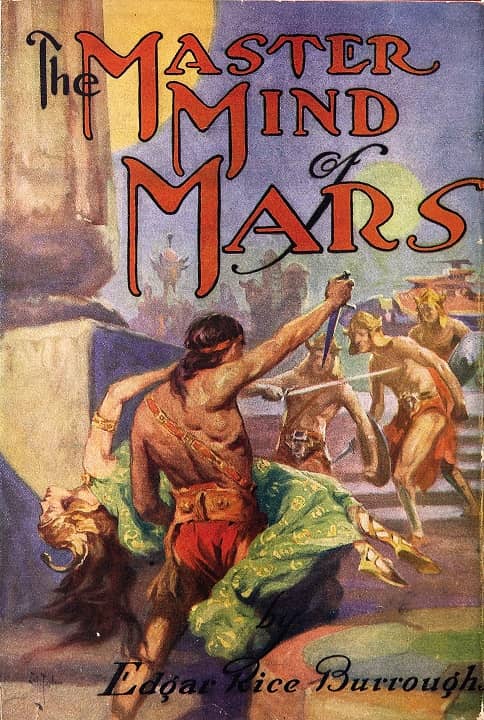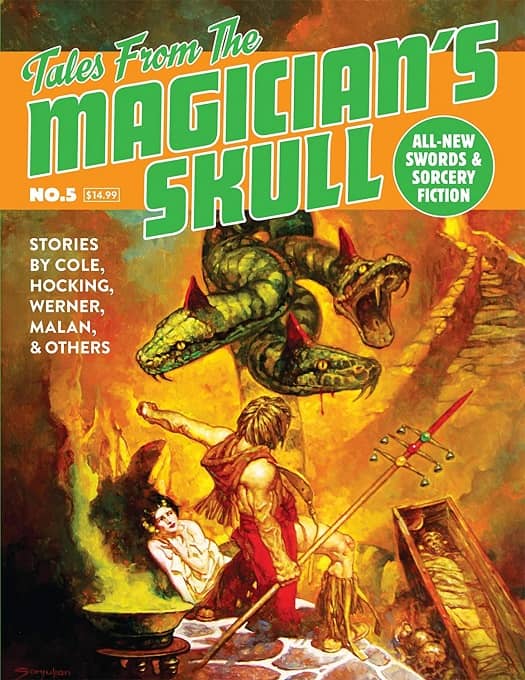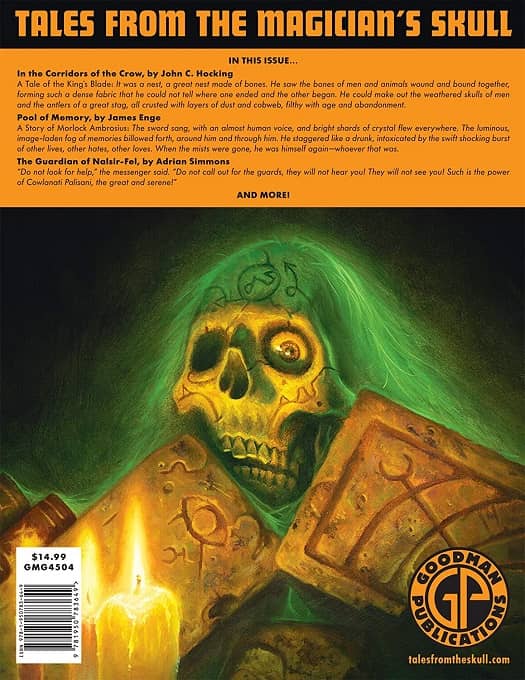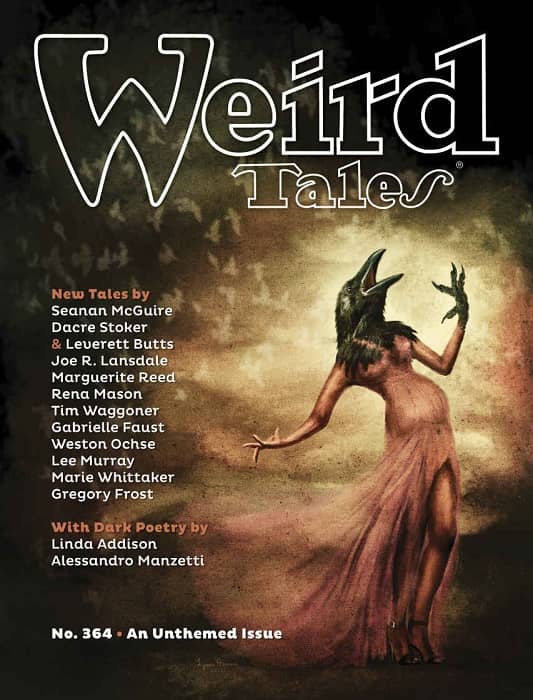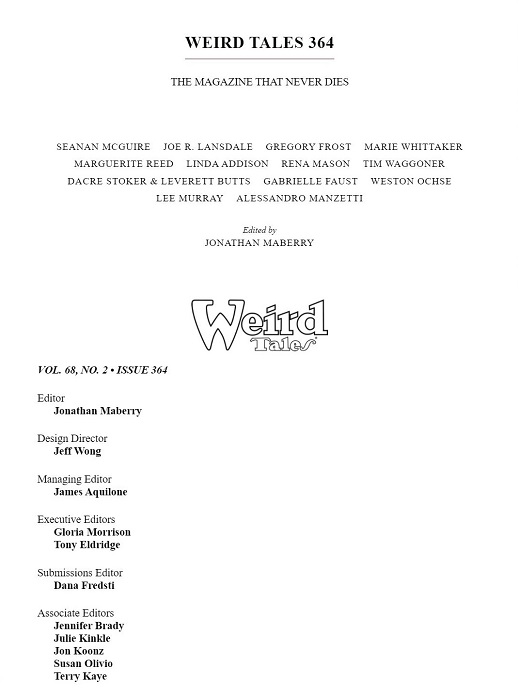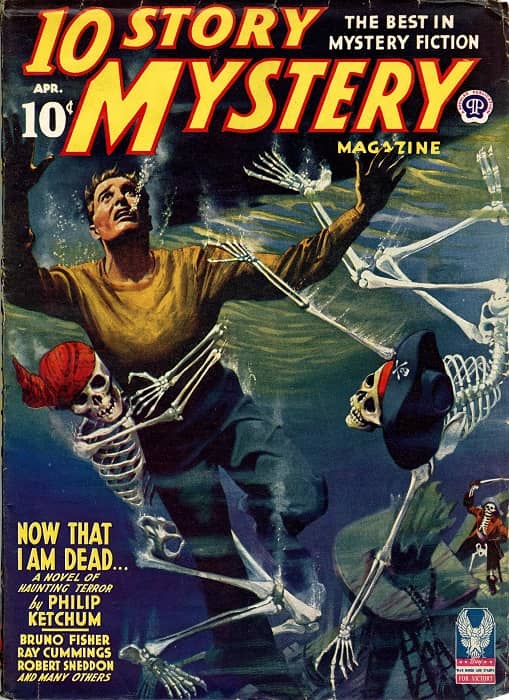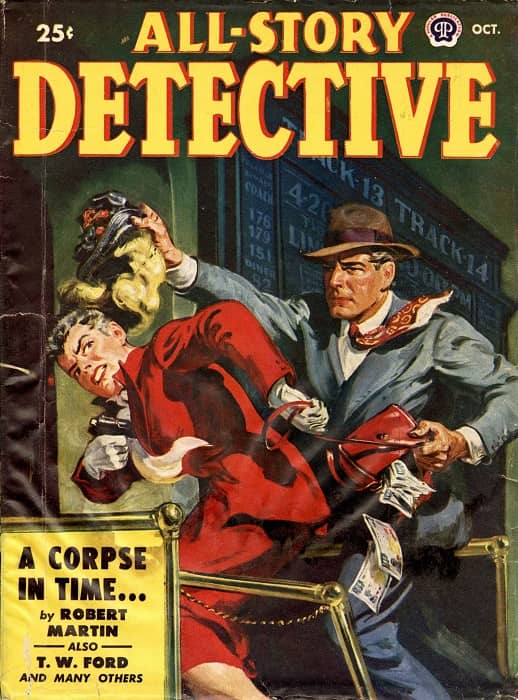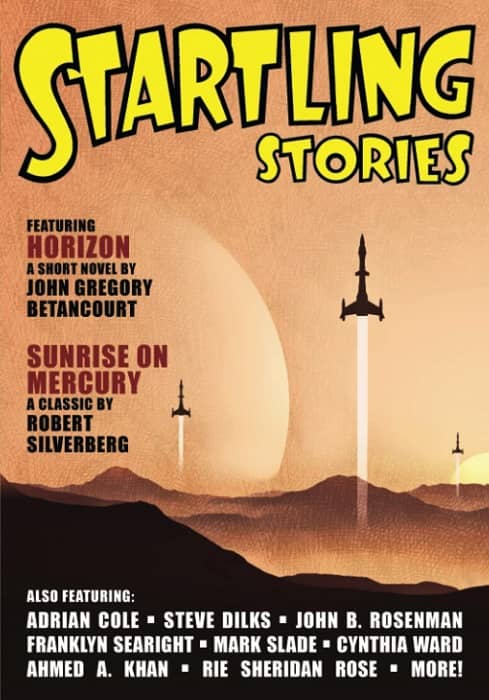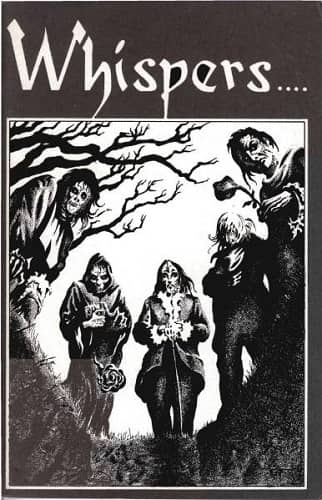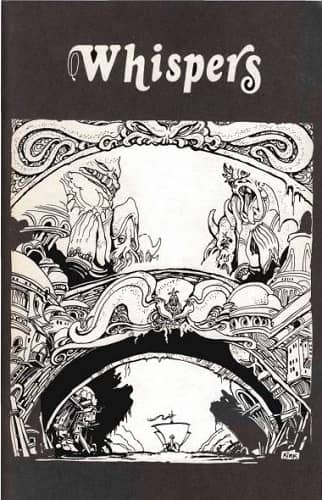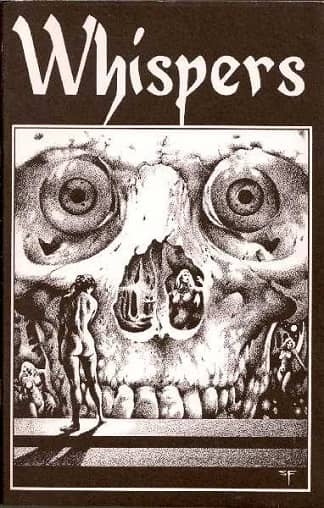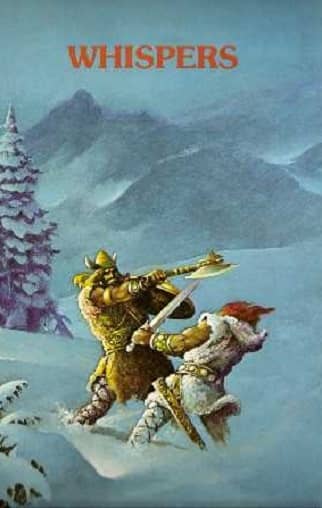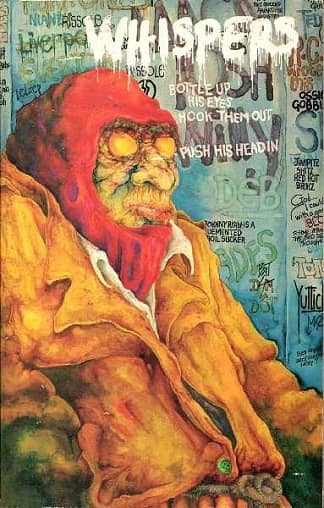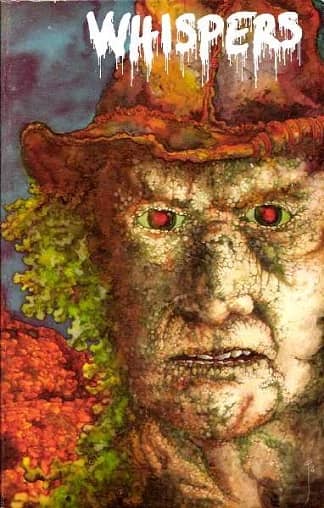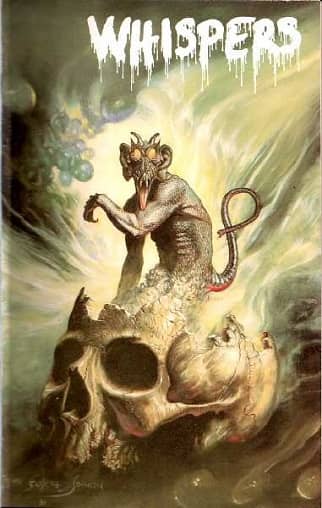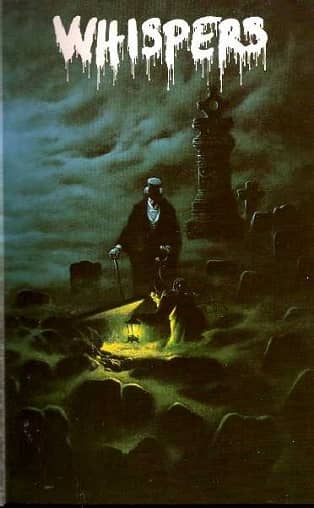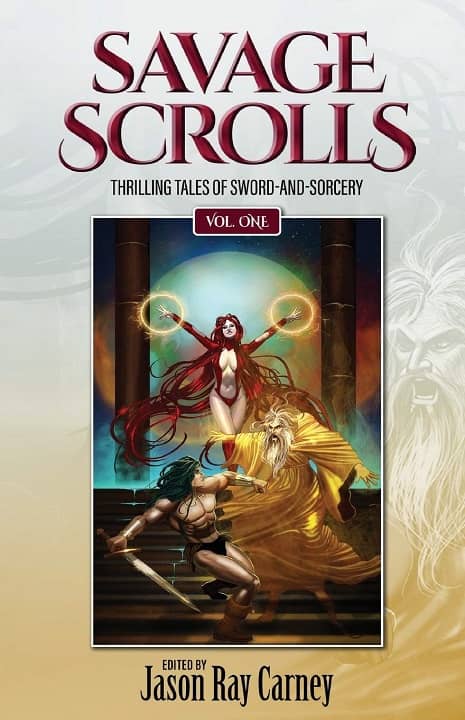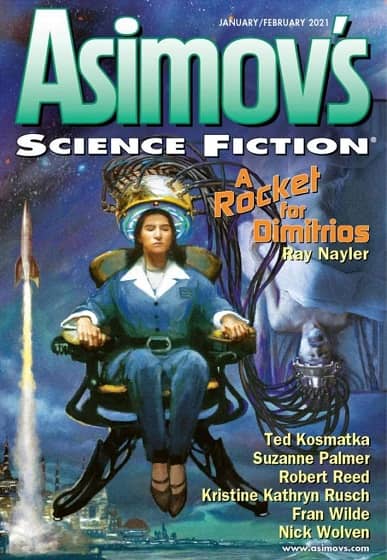My Greatest Antique Fair Find
The Master Mind of Mars (A. C. McClurg & Co, 1928).
Cover by J. Allen St. John
Today, I thought I’d share the story of our greatest antique fair find.
Deb and I enjoy going to flea markets and antique shows when the weather is nice. Even if we don’t buy anything, it’s a fun way to spend a couple of hours walking outside while looking at a wide variety of items for sale. We’ve been lucky enough on several occasions to get some good pulp and paperback buys at these shows.
Our greatest find at one of them happened over 20 years ago, when Deb and I went to an antique fair in Chicago.
The Windy City was a hotbed of pulp activity in the first half of the 20th century, with several publishers based there. As a result, many artists and authors also lived there. Among the pulp artists who called Chicago their home were Margaret Brundage, Harold McCauley, Harold DeLay, Hugh Rankin, Jay Jackson, Curtis Senf, Robert Gibson Jones, Joseph Tillotson (also known as Robert Fuqua), Julian Krupa, Malcolm Smith, James Settles and Rod Ruth.
Perhaps the greatest of all of the pulp artists that lived in Chicago was J. Allen St. John. His name immediately brings to mind the stories of Edgar Rice Burroughs, as he illustrated many of Burroughs’ novels of Tarzan, John Carter and others in pulps, slicks and hardcovers. For many years, St. John had his studio in the Tree Studio Building on Ohio Street in downtown Chicago. (Incidentally, my law firm held an event at Tree Studio a few years ago, and it was very cool to be able to walk around it, though we weren’t able to go into St. John’s old studio.)
